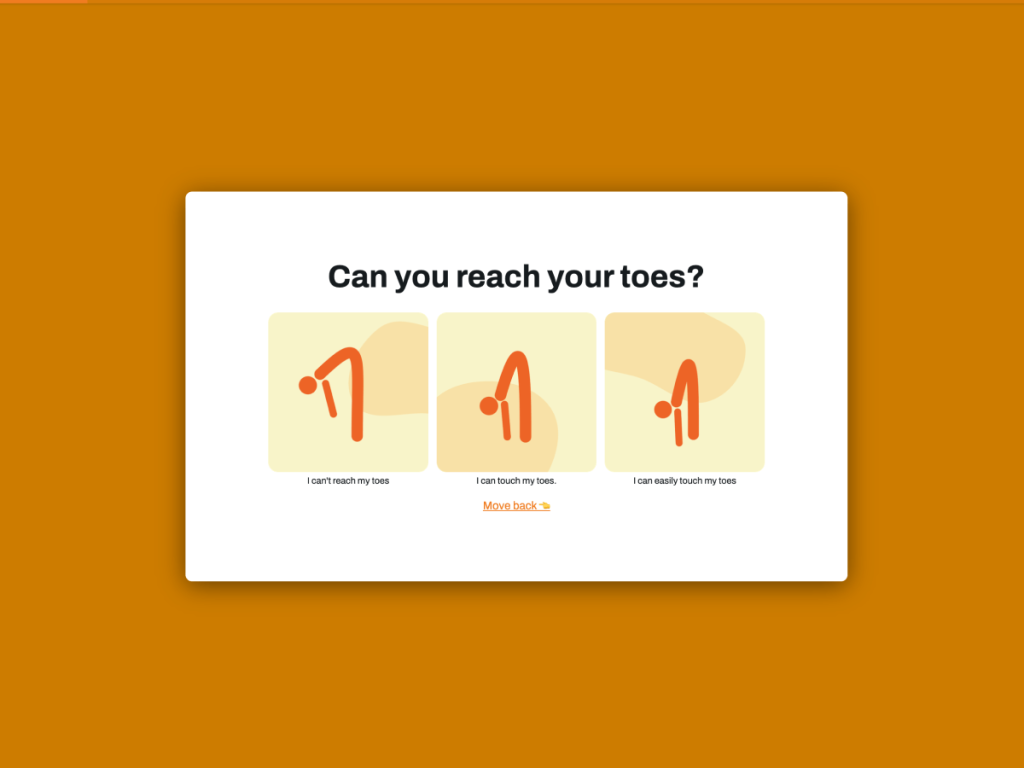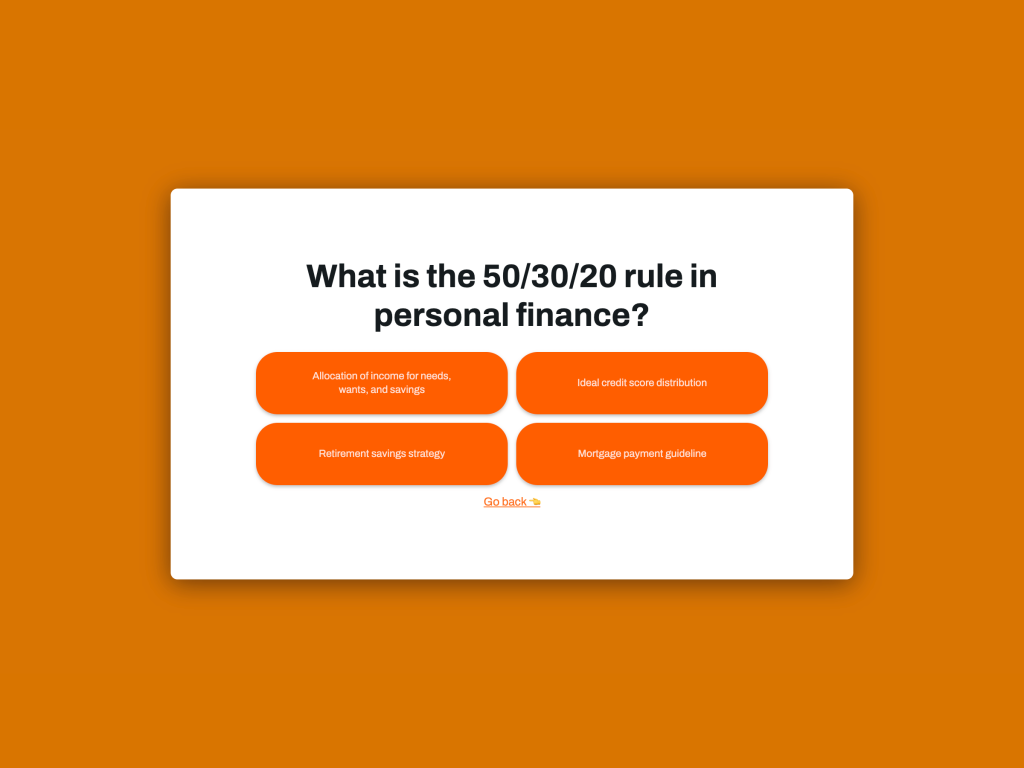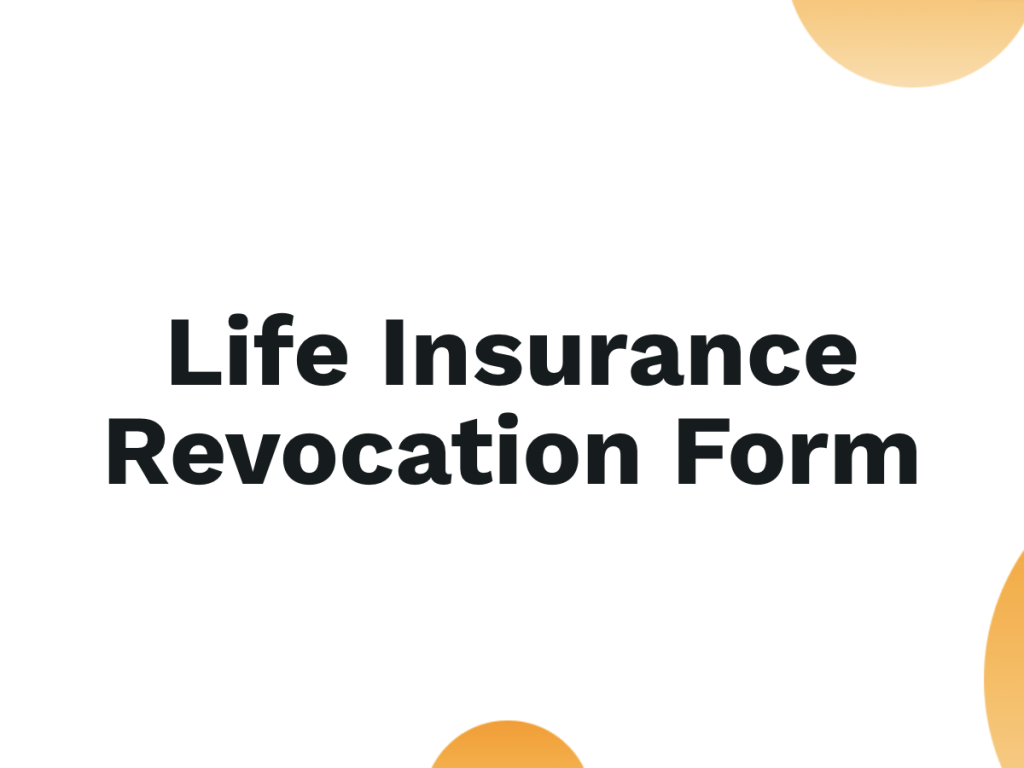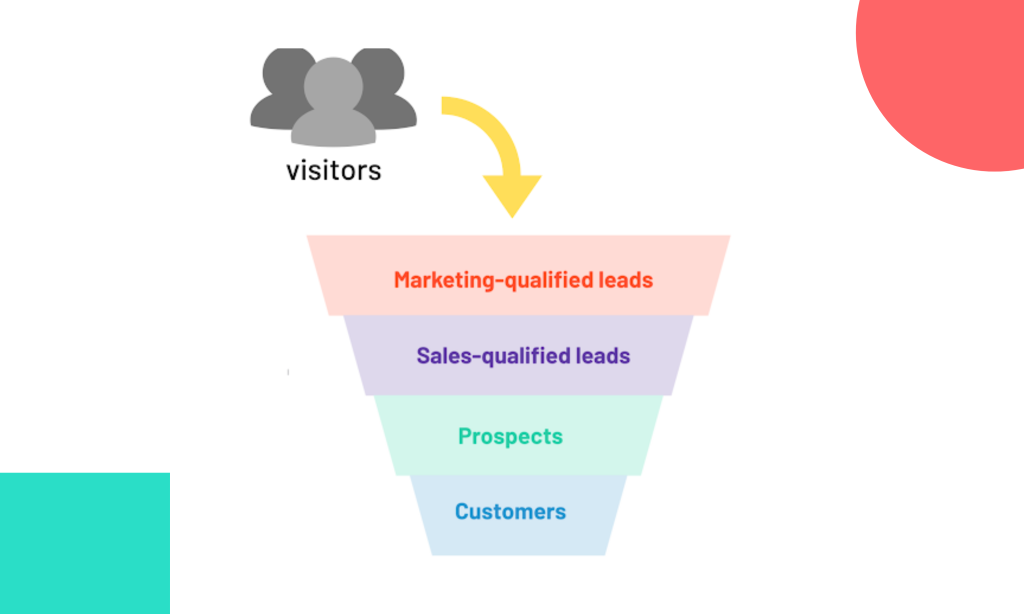Every e-commerce business comes across cart abandonment at some point. E-commerce store owners struggle night and day to boost traffic for their online stores while facing low conversion rates and revenue losses. And what they’re ultimately left with is the never-ending disaster of visitors leaving empty-handed.
Unfortunately, statistics are ruthless:
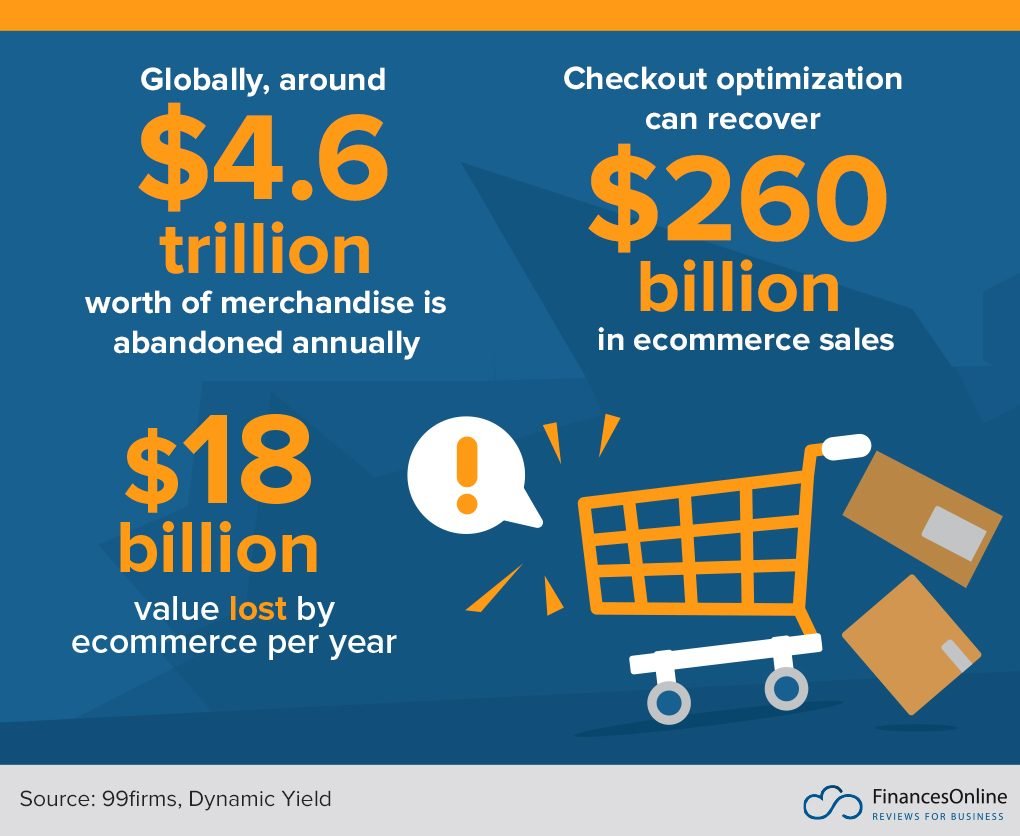
No reason to lose your head about it, though. As demonstrated in the image shared above, optimizing your checkout process works wonders for your e-commerce conversion funnel. And that’s just one of the ways abandoned carts can boost your revenue. That’s right: cart abandonment can be transformed into a recipe for success. Let’s see how.
What Is Cart Abandonment?
Cart abandonment is the act of e-commerce visitors exiting an online store without purchasing the product(s) they previously added to their shopping cart. In other words, when a potential sale goes out of the window. According to Statista, 69.8 percent of online shoppers abandoned their carts before completing their orders in 2020.
That makes cart abandonment one of the greatest challenges in the e-commerce world. But letting these potential prospects go without even trying to get them back is a complete waste. After all, the effort you put into persuading them to make the purchase could be what turns them into loyal customers who trust and actively support your brand.
Why Is Implementing a Cart Abandonment Strategy Important?
At this point, you must be shrugging your shoulders wondering: “why bother”? Let us set things straight. Website visitors leaving their shopping baskets behind doesn’t necessarily mean they didn’t like your product or service. Quite the contrary, they are people with a true interest in your business and a strong buying intent. It’s just that there was something getting in the way.
It could be something minor that’s easy to detect and fix in order to lure them back in. That’s why retargeting leads that have already engaged with your brand is less time-consuming than going after new visitors - it requires fewer resources, too.
By taking action on abandoned carts, you focus your e-commerce marketing efforts on leads that have advanced in your sales funnel. This audience segment is more likely to convert than consumers that haven’t had any kind of interaction with your business.
Want an extra push? Finding out what’s getting in their way not only gets cart abandoners back to the checkout page but also helps you improve your overall user experience. Now that you have sufficient motivation, let’s explore how implementing a cart abandonment strategy enhances your e-commerce marketing efforts.
How a Cart Abandonment Strategy Improves E-commerce Marketing
Figure Out Why
There’s no use in applying cart abandonment best practices before knowing why it keeps happening in the first place. Just ask the right question to get the right answer. Here are some of the most common reasons website users decide to abandon their shopping carts:
Mandatory registration. Requiring registration for completing the order is often viewed as a disturbance by website visitors, especially if their initial intention was to do some digital window-shopping.
Unexpected shipping costs. If you can’t afford to lower shipping costs for your e-commerce customers, that’s fine. What you can do is be honest and transparent about shipping costs. That way, you create trust, giving shoppers a clear picture of how they’ll be charged.
Slow or confusing checkout process. Getting website visitors to cross the sale line should be easy and simple. Don’t make their life difficult through tiring, time-consuming processes with too many steps or too much - or too personal - information to fill in.
Concerns around payment security. We can’t blame consumers for being extra cautious about online payments and providing sensitive information. So, giving them peace of mind through high-quality security standards for their online payments is a prerequisite.
Ambiguous or complicated return policy. Buyer’s remorse is extremely common even before making a purchase. Ambiguous or complicated return policies lead to consumers second-guessing their decision and stepping away from your website. So, go for a return policy that works for both your e-commerce and your visitors.
Just like IKEA did on their return policy page: detailed and straightforward, it contains answers to all potential questions, including links to relevant issues to soothe any possible concern.

Use Retargeting Ads
Many shoppers don’t commit to a purchase right away - and it might have nothing to do with something your e-commerce did wrong. They usually prefer to go through multiple touchpoints before buying and use that time to think it over.
If customers leave your online store before purchasing the items placed in their baskets, there are numerous retargeting strategies you can employ to make them come around. For instance, personalized ads have proven to have a great impact on cart abandoners. Have you ever been to a website, exited it, and then saw a relevant advertisement following you around? Well, you’ve been retargeted.
This method uses your visitors’ browsing cookies to remind them of their items and later target them through advertisements no matter where they are browsing. You can leverage them to offer exclusive deals or relevant promotions for products they have already shown interest in. Seeing personalized ads on their social media, browsers, or every webpage they visit will make it pretty hard for them to resist the temptation to seal the deal.
Send Personalized Cart Abandonment Emails
Speaking of retargeting, cart abandonment email campaigns are still considered the most effective practice when it comes to urging prospects to act on their buying intent. Needless to say that sending out mass, generic email messages is one of the biggest e-commerce marketing mistakes. Opt for a personalized email that makes them feel looked after and contains every browsing or demographic data at your disposal.
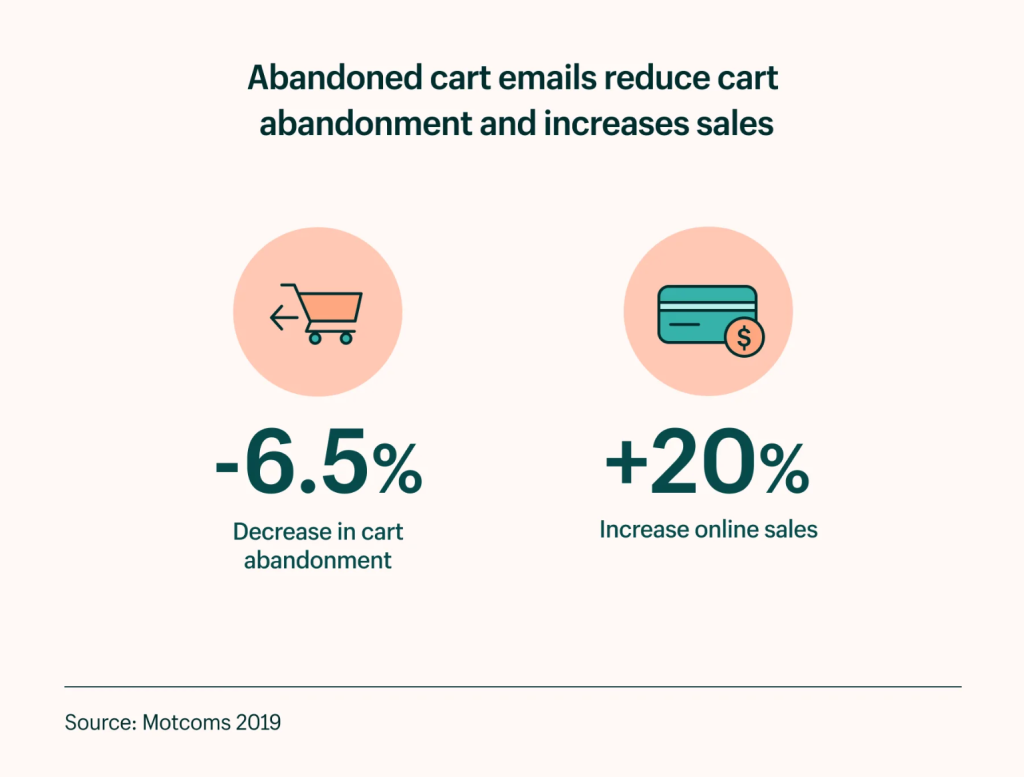
Don’t hesitate to take advantage of different methods of persuasion. Creating a FOMO (fear of missing out) environment is always a great option - use wording that demonstrates that the items in question are at the point of selling out. People are more likely to act on their purchase intent when they know their cart won’t be waiting for long or that they’ll lose a special offer you saved just for them.
FOMO isn’t the only way to go. Humor and intimacy are amazing tools in your cart abandonment emails arsenal - nothing wrong with teasing your consumers through clever, eye-cathing copy that gets them instantly engaged with your e-commerce. Check out this entertaining Home Alive Pets’ abandoned cart email campaign:
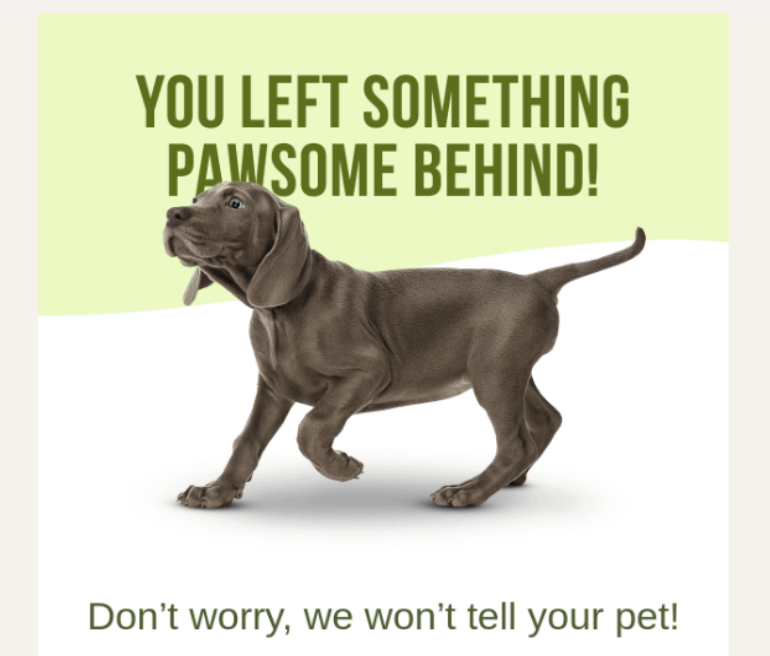
What you have is a creative and playful copy, an image of a super-cute dog, and a message that not only reminds them of the action left in the middle but where it all started from; their loyal friend. It doesn’t get more to the point than that.
Perhaps you’re thinking it’s a lot to take on, and you’re probably right. Fortunately, there are several email marketing tools such as Moosend that unfold before you a variety of fully customizable cart abandonment templates to enchant your shoppers. You can take advantage of all the personalization and automation features to tailor your campaign to every customer’s needs.
Never Underestimate Social Proof
For visitors on the checkout threshold, you should never forget the golden rule of social proof. By demonstrating what others have gained or achieved by using your products or services, your chances of converting cart abandoners are drastically increased.
Satisfied consumers’ stories communicate the value of your products, making potential leads more confident about buying them. Let’s say that a shopper has selected an item and placed it in their cart. Some minutes later, they are second-guessing their choice and start wondering if there are other consumers’ reviews backing its value up. In case they don’t find any verified reviews about it, chances are they’ll never complete their order.
The vast majority of online consumers rely - and tend to act - on positive ratings and customer testimonials. Make sure you populate your product pages, cart abandonment emails, and even your checkout page, with this type of material. To acquire it, contact consumers that have recently purchased from your e-commerce business and ask them if they would be kind enough to fill in a review, stating how satisfied they are with their experience.
Offer Incentives
When facing cart abandoners, you know for a fact that they have already visited your online store and checked out your products or services. So, maybe all they need is an extra motive to finish what they started.
Once more, it’s crucial to discover the reason behind that in order to know which incentive will do the trick. How will you know? Create surveys on your website, social media accounts, or newsletters to identify the most common patterns and behaviors. Once you gather all the information required, you’ll be able to understand what will get them across the finish line.
If, for example, shipping costs seem to be a usual obstacle for visitors leaving their baskets behind, you should consider offering free shipping. Or, in case we’re talking about a first-time user, a small discount could be enough motivation for them to return and actually purchase the abandoned items.
Create a Sense of Urgency
Whichever method you choose to urge visitors to return to their abandoned cart, content that generates urgency is an absolute must-have. Remember that urgent wording in your retargeting methods creates a FOMO effect, as analyzed above.
First and foremost, ensure you communicate how long the items will remain in the cart. It’s one of the most trusted tactics marketers take advantage of to persuade consumers to take the next step and convert. Another effective method is to display items in stock to show them there’s a great chance of the selected products selling out - people always want what you tell them they can no longer have, right?
To make sure you stand out, don’t go with phrases like “You forgot something” or “Your cart is waiting for you”. Opt for a copy that’s genuine, creative, and intriguing. Let’s take this abandoned cart email from Luxy Hair:
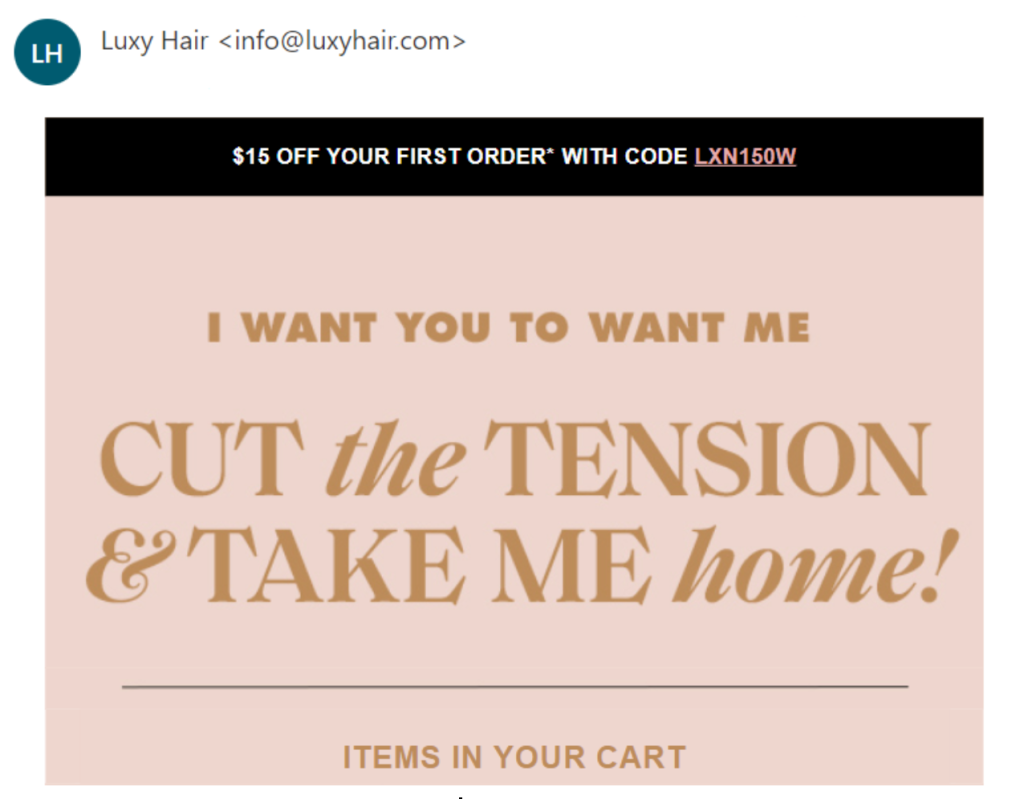
It’s an excellent example of content that creates a sense of urgency right from the email subject line: “Last call! Take me home tonight.”, while also maintaining coherence with the brand’s voice and employing a flirting tone.
Wrapping Up
As already pointed out, there’s always a reason consumers abandon their carts. With that in mind, you can always explore the perfect action plan to bring them back. Retaining customers that have already decided to purchase something that grasped their attention isn’t as intimidating as you’d think.
Start by improving the features that make your e-commerce user experience more difficult than it should be. Then, make sure you carefully plan an abandoned cart strategy, benefiting from the various channels it can be implemented.
Think of abandoned carts as an opportunity to create a success story and trust us when we say that these consumers may prove to be your most loyal advertisers.
Author
Maria Fintanidou works as a Copywriter for email marketing automation software Moosend, having created the Help Articles (FAQs) and overseen the platform’s translations in Greek and Spanish. She loves exploring new cultures and ways of thinking through traveling, reading, and language learning.


